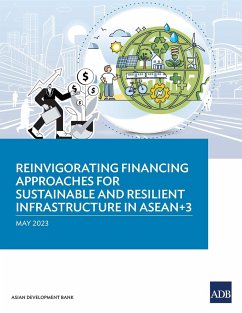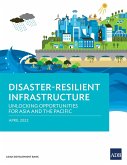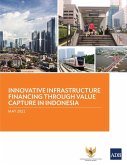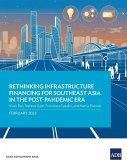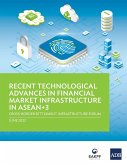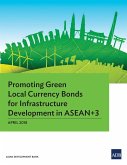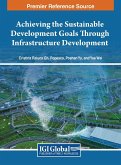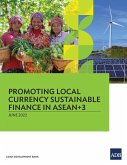Infrastructure in the region of the Association of Southeast Asian Nations (ASEAN) and the People's Republic of China, Japan, and the Republic of Korea (collectively known as ASEAN+3) will continue to be a key driver of economic development as its members work toward addressing the underinvestment in healthcare, education, and digital and social infrastructure, as exposed by the coronavirus disease pandemic. The ASEAN+3 region must also deepen investments in renewable energy and climate-resilient infrastructure to support a fair, affordable, and secure energy transition and address the effects of climate change. However, traditional sources of government financing alone are insufficient to meet the widening demand for infrastructure financing. This report presents a practical toolkit of ways to merge public, private, institutional, and other forms of capital to deliver resilient, sustainable, and future-ready infrastructure in the ASEAN+3 region. It provides companies, investors, and policy makers a range of innovative financing models, along with critical success factors based on actual case studies from within and outside the region, that can be adapted, replicated, and upscaled for implementation in developing Asia.
Hinweis: Dieser Artikel kann nur an eine deutsche Lieferadresse ausgeliefert werden.
Hinweis: Dieser Artikel kann nur an eine deutsche Lieferadresse ausgeliefert werden.

